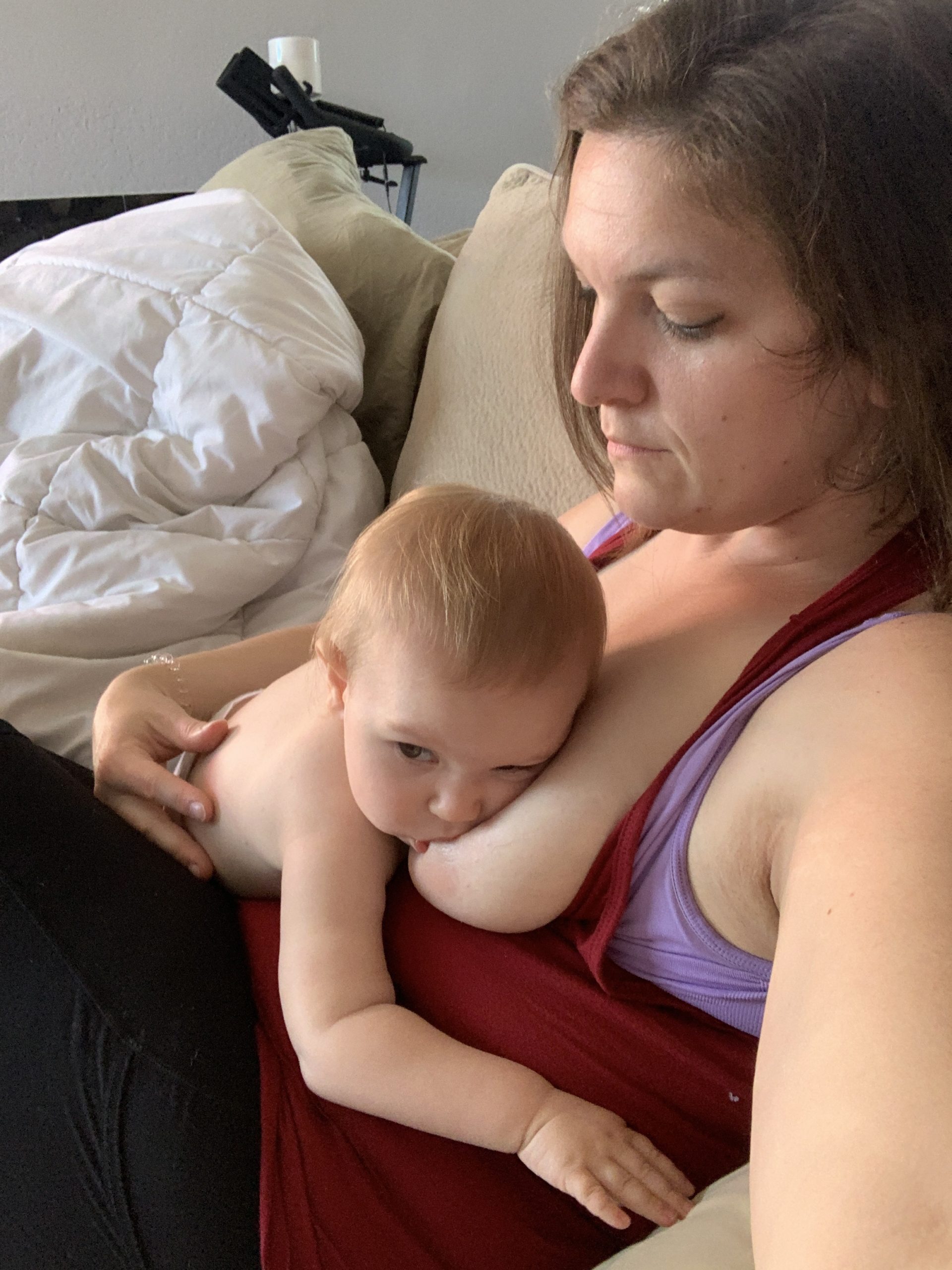Have you been exclusively pumping for your baby and want to decrease the number of times you pump? Are you working and pumping and now baby is older and not drinking as much milk during the day while you’re gone? Here are 4 ways to drop a pump session

- Cold turkey. Just stop pumping at the to-be dropped pump time. You may need to shift the times of your other pump sessions to reduce the gap between the dropped pump times (for instance going from pumping 8 times every 3 hours to pumping 7 times every 3 &1/2 hours
- Slowly reducing the pump time. Pump a few minutes less at the session you want to drop until you’re pumping for less than 5 minutes. Then stop pumping at that time.
- Slowly reduce the amount you pump. Watch your pump output volume. Try to aim for pumping 1/2 ounce less every day (or every few days) until you’re only pumping 1/2-1 ounce at that session. Then stop pumping at that time.
- Gradually move 2 pump sessions closer together until they merge into one pump session. Move two pumping sessions closer together until you can cut one out. Example: if you pump at 9 and 12, move to 9:30 and 11:30 for a few days. Then 10 and 11 for a few days, and then just pump at 10:30.










